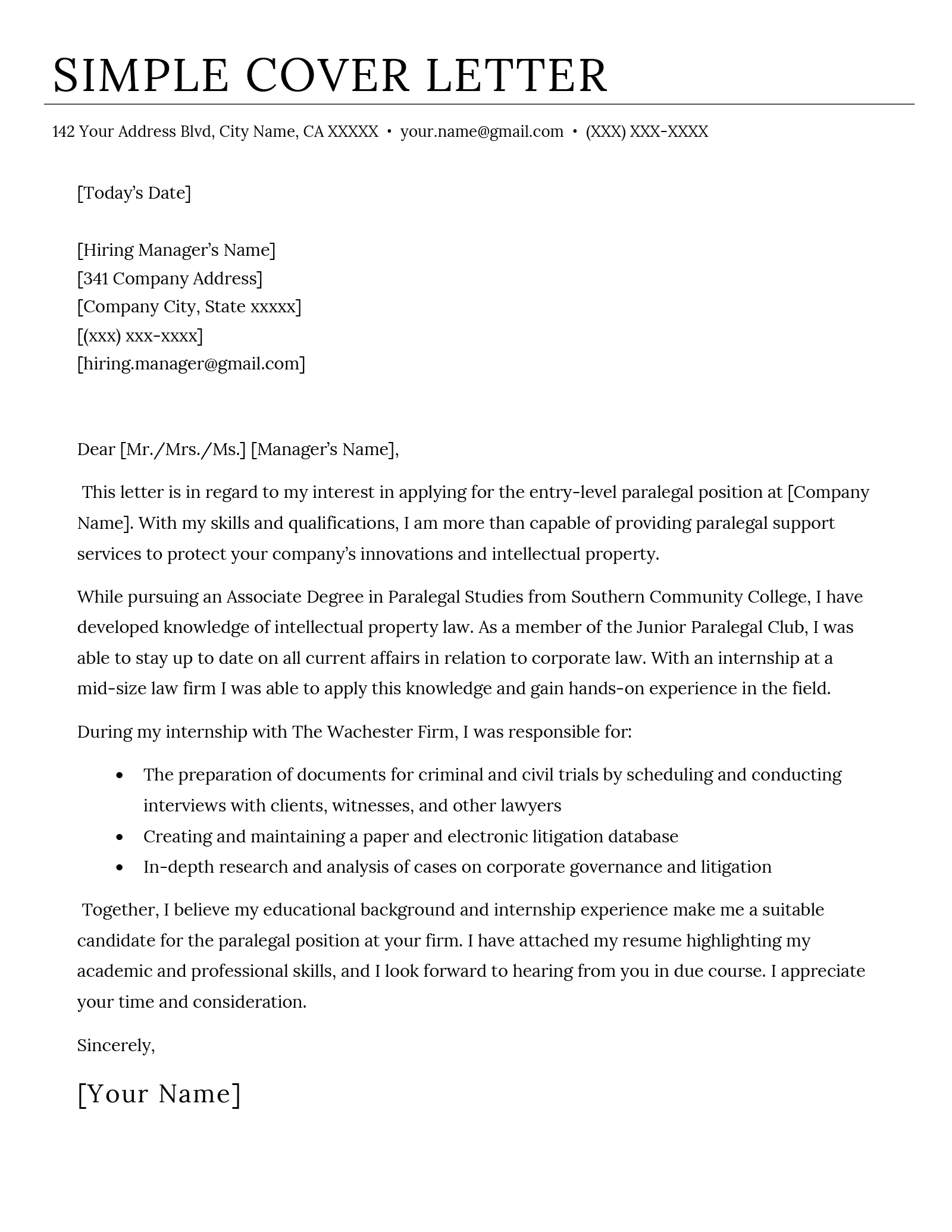Cover Letter Secrets Revealed
Crafting a compelling cover letter is an art form, often overlooked but crucial in today’s competitive job market. It’s your first introduction to a potential employer, offering a glimpse into your personality, skills, and aspirations. While a resume provides a snapshot of your professional history, a cover letter allows you to paint a vivid picture, connecting your experiences to the specific requirements of the role. Mastering the secrets of cover letter writing can significantly increase your chances of landing an interview and ultimately, securing your dream job. This guide will unlock those secrets, transforming your cover letter from a generic formality into a powerful tool that sets you apart from the competition. We’ll delve into the core components, strategies, and best practices, equipping you with the knowledge to create a cover letter that truly shines and makes an unforgettable impression.
Why a Cover Letter Matters
In an era dominated by online applications and automated resume screening, the importance of a well-crafted cover letter cannot be overstated. It provides context to your resume, allowing you to explain career gaps, highlight specific achievements, and demonstrate your genuine interest in the company and the position. Many hiring managers consider the cover letter a key indicator of a candidate’s communication skills, attention to detail, and overall professionalism. A well-written cover letter showcases your ability to articulate your thoughts clearly and concisely, a skill highly valued in almost every industry. Furthermore, it allows you to showcase your personality and enthusiasm, setting you apart from candidates who rely solely on their resumes. It’s a chance to create a personal connection with the hiring manager, building a foundation for a positive first impression that can significantly influence their perception of your application.
Highlighting Your Skills
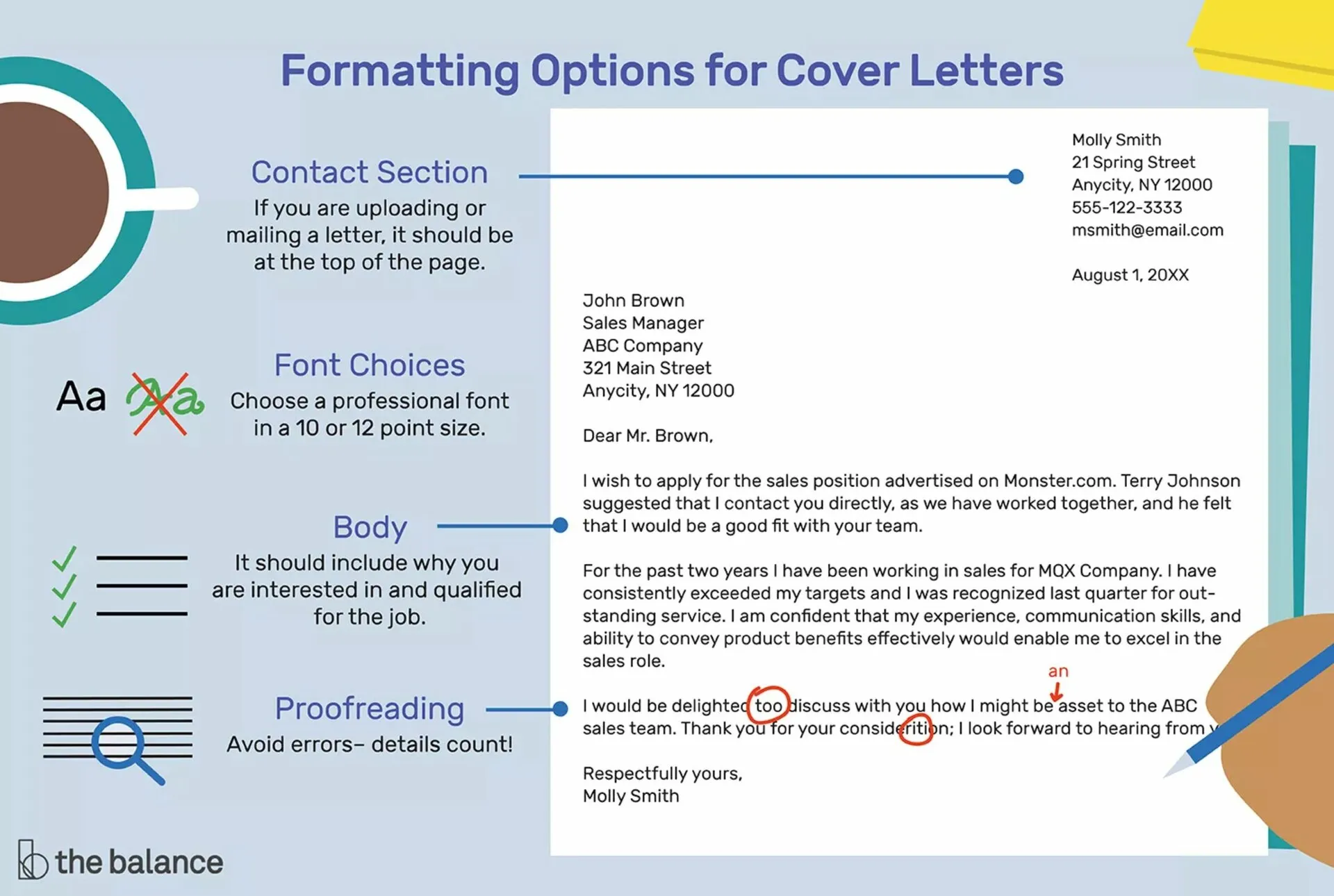
Your cover letter is the perfect platform to showcase the skills that align with the job requirements. Carefully review the job description and identify the key skills the employer is seeking. Then, in your cover letter, provide concrete examples of how you’ve utilized those skills in previous roles or projects. This isn’t just about listing your abilities; it’s about demonstrating your proficiency through specific achievements and quantifiable results. For instance, instead of simply stating ‘I am a good communicator,’ you could write, ‘In my previous role, I successfully led a team of five in developing and delivering a presentation that resulted in a 20% increase in client engagement.’ This approach not only highlights your communication skills but also provides tangible evidence of your effectiveness. Remember to use action verbs and avoid jargon, making your skills clear and easily understood by the reader. Tailor your skill descriptions to the specific job, emphasizing those that are most relevant and demonstrating how you can contribute to the company’s success.
Tailoring Your Cover Letter to the Job
One of the most critical secrets to writing a great cover letter is tailoring it to each specific job application. A generic, one-size-fits-all cover letter will likely be discarded, as it demonstrates a lack of effort and a lack of genuine interest in the role. Instead, take the time to carefully review the job description and understand the specific requirements and expectations. Identify the key skills, experiences, and qualities the employer is seeking, and then tailor your cover letter to address those points directly. Highlight the relevant aspects of your background, and provide specific examples of how your skills and experiences align with the job requirements. Demonstrate your understanding of the company’s mission, values, and goals, and explain how you can contribute to their success. This level of personalization shows that you’ve done your research and that you’re genuinely interested in the opportunity. It also demonstrates your ability to adapt and customize your communication style, which is a valuable asset in any professional setting.
Researching the Company
Before you begin writing your cover letter, invest time in researching the company. This demonstrates your genuine interest and allows you to tailor your letter effectively. Visit the company’s website, read their ‘About Us’ section, and explore their social media profiles. Understand their mission, values, and recent achievements. Identify the company’s culture and how your personality and work style align with it. Use this information to personalize your cover letter, showing how you can contribute to their specific goals and challenges. For example, if the company emphasizes innovation, highlight your experience with creative problem-solving. If they’re known for their customer service, showcase your customer-centric skills. This research demonstrates that you’ve taken the initiative to learn about the company and are genuinely interested in becoming a part of their team. It also allows you to address any specific needs or challenges the company may be facing, positioning yourself as a valuable asset.
Formatting for Success
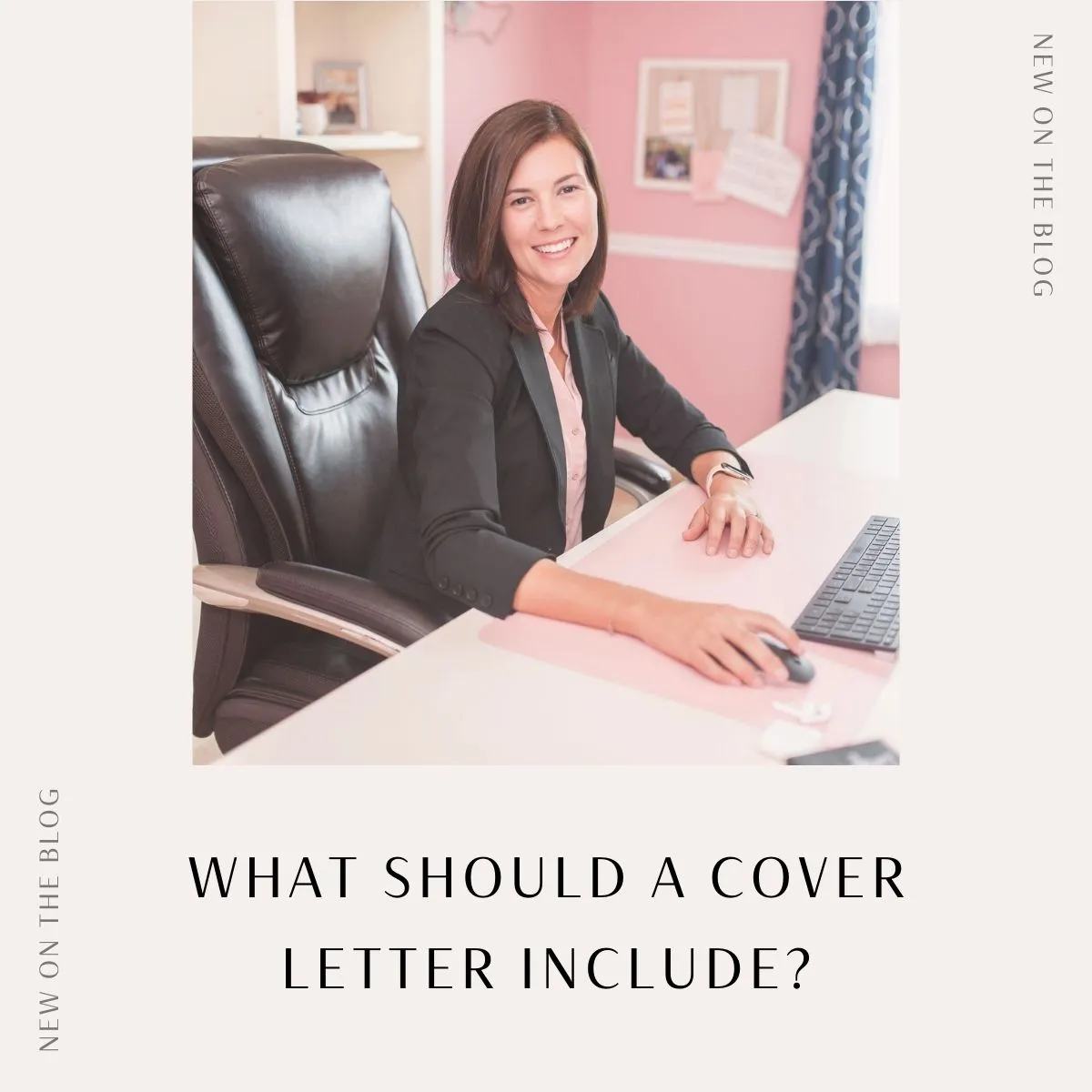
The format of your cover letter is as crucial as its content. A well-formatted cover letter is easy to read and leaves a professional impression. Choose a clean and readable font, such as Arial or Times New Roman, and use a font size between 10 and 12 points. Maintain consistent margins and spacing throughout the document. Use clear headings and subheadings to organize your content and make it easy for the reader to scan. Break up large blocks of text with bullet points or short paragraphs. Ensure your cover letter aligns with the format of your resume, presenting a consistent and professional image. Avoid excessive use of bolding, italics, or underlining, as they can be distracting. Proofread your cover letter carefully to eliminate any typos or grammatical errors. A polished and well-formatted cover letter demonstrates your attention to detail and professionalism, significantly increasing your chances of making a positive impression.
Essential Cover Letter Elements
Every great cover letter includes these essential elements. Start with your contact information, the date, and the recipient’s information. Address the hiring manager by name whenever possible; research their name online or in the job posting. The opening paragraph should grab the reader’s attention, stating the position you’re applying for and how you found the opportunity. The body paragraphs should highlight your skills and experiences, providing specific examples and quantifying your achievements whenever possible. Demonstrate your understanding of the company’s needs and explain how you can contribute. Conclude with a strong call to action, expressing your interest in an interview and providing your contact information. Maintain a professional tone throughout, using clear and concise language. Remember to customize each cover letter for the specific job and company, tailoring it to their specific requirements and showcasing your genuine interest in the opportunity. By incorporating these essential elements, you’ll create a compelling cover letter that grabs the hiring manager’s attention and increases your chances of landing an interview.
Opening Strong
The opening paragraph of your cover letter is your first and often only chance to make a positive impression. It should immediately grab the reader’s attention and entice them to continue reading. Avoid generic openings like ‘I am writing to express my interest…’ Instead, start with a strong statement that highlights your enthusiasm for the position or the company. Mention how you learned about the opportunity, whether through a job posting, a referral, or a company event. Clearly state the specific position you’re applying for. If you have a particular achievement or skill that aligns with the job requirements, consider mentioning it in the opening paragraph to immediately capture the reader’s interest. Make it clear why you’re interested in the role and the company. Your opening should be concise, engaging, and tailored to the specific job. A strong opening sets the tone for the entire letter and increases your chances of making a positive and memorable first impression.
Demonstrating Enthusiasm
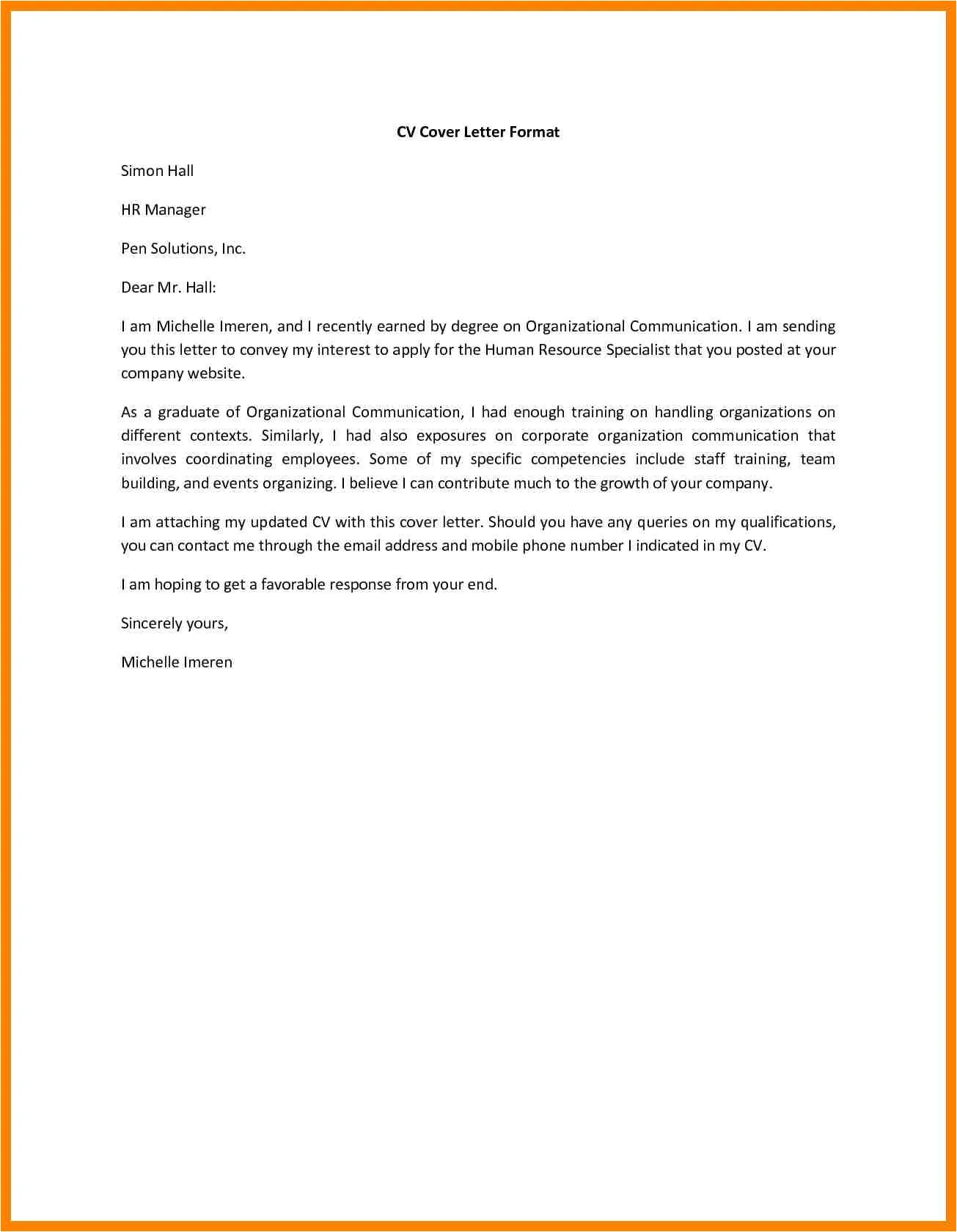
Enthusiasm is contagious, and showcasing your genuine interest in the role and the company is crucial. Your cover letter should reflect your excitement about the opportunity. Avoid simply listing your skills and experiences; instead, explain why you’re passionate about the work and how your goals align with the company’s mission. Research the company’s values and culture, and then incorporate your understanding of them into your letter. Express your eagerness to contribute to the team and make a positive impact. Use enthusiastic language, such as ‘I am excited about the opportunity to…’ or ‘I am confident that I can…’ However, be genuine and avoid over-the-top statements. Your enthusiasm should be authentic and reflect your genuine interest in the role. Demonstrate your enthusiasm throughout the letter, from the opening paragraph to the closing call to action. This will make your cover letter more compelling and increase your chances of capturing the hiring manager’s attention.
Showcasing Your Achievements
Your cover letter is an opportunity to highlight your accomplishments, not just list your responsibilities. Focus on what you’ve achieved in previous roles, and quantify your accomplishments whenever possible. Instead of saying, ‘Managed social media accounts,’ say, ‘Increased social media engagement by 30% in six months.’ Use the STAR method (Situation, Task, Action, Result) to structure your achievement descriptions. Start by describing the situation or challenge you faced, then explain the task you undertook, the actions you took, and the positive results you achieved. Provide specific examples that demonstrate your skills and abilities. Use action verbs to describe your accomplishments and avoid vague statements. Showcase your achievements throughout your cover letter, providing concrete evidence of your capabilities. Quantifying your accomplishments makes them more impactful and helps the hiring manager understand your value. By showcasing your achievements, you will set yourself apart from other candidates.
Closing with a Call to Action
The closing of your cover letter is your final chance to make a lasting impression. End with a clear call to action, expressing your interest in an interview and making it easy for the hiring manager to contact you. Reiterate your enthusiasm for the role and the company, and thank the hiring manager for their time and consideration. Provide your contact information, including your phone number and email address, and make sure it’s up-to-date. Avoid generic closings like ‘Sincerely.’ Instead, choose a professional closing, such as ‘Sincerely’ or ‘Best regards’. Express your availability for an interview and indicate when you are available. Proofread your closing carefully to ensure that it’s free of errors. A strong closing paragraph reinforces your key selling points and encourages the hiring manager to take the next step. A well-crafted call to action can significantly increase your chances of receiving an interview invitation.
Proofreading and Editing
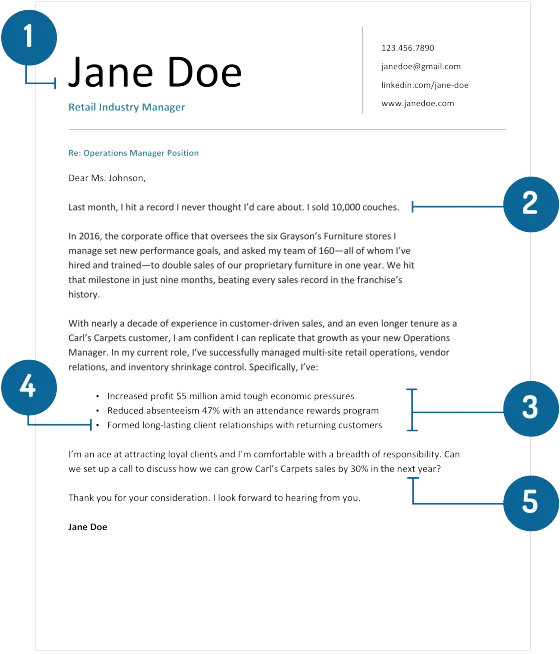
Before submitting your cover letter, proofread and edit it meticulously. Errors, typos, and grammatical mistakes can damage your credibility and make a negative impression. Carefully review your cover letter for any spelling errors, grammatical errors, or punctuation mistakes. Ensure that your sentences are clear, concise, and well-structured. Check the formatting to make sure that it is consistent throughout the document. Read your cover letter aloud to catch any awkward phrasing or unclear sentences. It can be helpful to have a friend, colleague, or career counselor review your cover letter for feedback. Make sure your contact information is accurate. A polished and error-free cover letter demonstrates your attention to detail and professionalism, increasing your chances of making a positive impression. Proofreading and editing are essential steps in the cover letter writing process and can significantly improve your chances of landing an interview.
